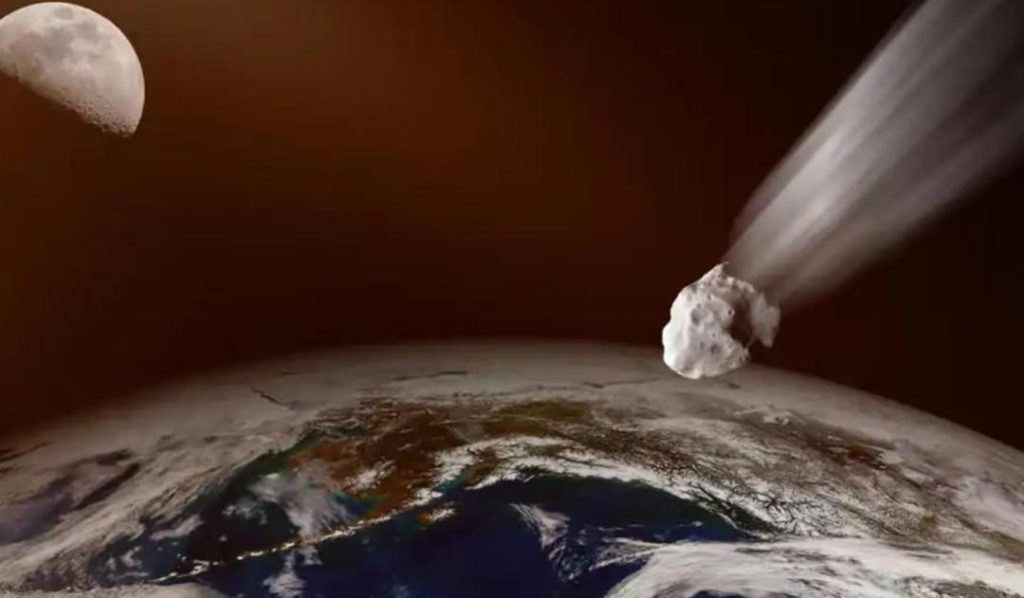
Earth may have at least 6 ‘minimoons’ at any given time: Study
The moon has long been a source of fascination for humans, and for good reason. As our closest celestial neighbor, it has played a significant role in shaping the Earth’s tides, ocean currents, and even the development of life on our planet. However, a new study has shed light on a lesser-known aspect of the moon’s orbit – the possibility of “minimoons” orbiting the Earth.
Published in the journal Icarus, the research suggests that Earth may have at least 6 to 6.5 “minimoons” at any given time. But what exactly are minimoons, and how is it possible for them to exist in our orbit? In this blog post, we’ll delve into the details of this fascinating discovery and explore the implications of having multiple temporary natural satellites orbiting our planet.
What are minimoons?
A minimoon, by definition, is a small object that enters the Earth’s orbit for a brief period before escaping the planet’s gravity and returning to orbit the Sun. These fragments of the moon are not permanent satellites, but rather temporary natural satellites that are caught in the Earth’s gravitational pull.
According to the study, minimoons are typically small, ranging in size from a few meters to a few hundred meters in diameter. They are thought to originate from the moon itself, with some researchers suggesting that they may be fragments of moon rocks that have broken off and entered Earth’s orbit.
How do minimoons form?
The formation of minimoons is believed to occur through a process known as “moon meteoroid impacts.” This occurs when a small meteoroid, such as a piece of space debris or a comet, collides with the moon’s surface. The impact can cause the moon’s surface to break off, resulting in the creation of small fragments that are then ejected into space.
These fragments can then enter the Earth’s orbit, where they are caught by the planet’s gravity. However, due to the Earth’s relatively weak gravitational pull compared to the Sun’s, the minimoons will eventually escape the planet’s orbit and return to orbit the Sun.
How many minimoons are there?
The study estimates that there are between 6 and 6.5 minimoons orbiting the Earth at any given time. However, it’s worth noting that these objects are extremely difficult to detect, and the exact number of minimoons may be higher or lower than the estimated range.
The minimoons are thought to be in highly elliptical orbits, which means that they can be difficult to detect using traditional astronomical methods. However, scientists are using advanced techniques, such as gravitational lensing and occultation, to detect these small objects and study their orbits.
Implications of minimoons
So, what does the existence of minimoons mean for our understanding of the Earth-moon system? The discovery of these temporary natural satellites has significant implications for our understanding of the moon’s evolution and the formation of the Earth-moon system.
For example, the existence of minimoons suggests that the moon has been undergoing geological activity for billions of years, with small fragments breaking off and entering Earth’s orbit. This has important implications for our understanding of the moon’s internal structure and the processes that have shaped its surface over time.
Additionally, the study of minimoons may also provide insights into the Earth-moon system’s history, including the possibility of a moon that was once much closer to the Earth. By studying the orbits and properties of minimoons, scientists may be able to gain a better understanding of how the Earth-moon system evolved over time.
Conclusion
In conclusion, the discovery of minimoons orbiting the Earth is a fascinating finding that sheds new light on the moon’s orbit and the Earth-moon system. These temporary natural satellites offer a unique window into the moon’s geological activity and the formation of the Earth-moon system.
As scientists continue to study minimoons, we may gain a better understanding of the Earth-moon system’s history and the processes that have shaped our planet over time. Who knows, we may even discover that there are many more minimoons out there, waiting to be detected and studied.
Source:






